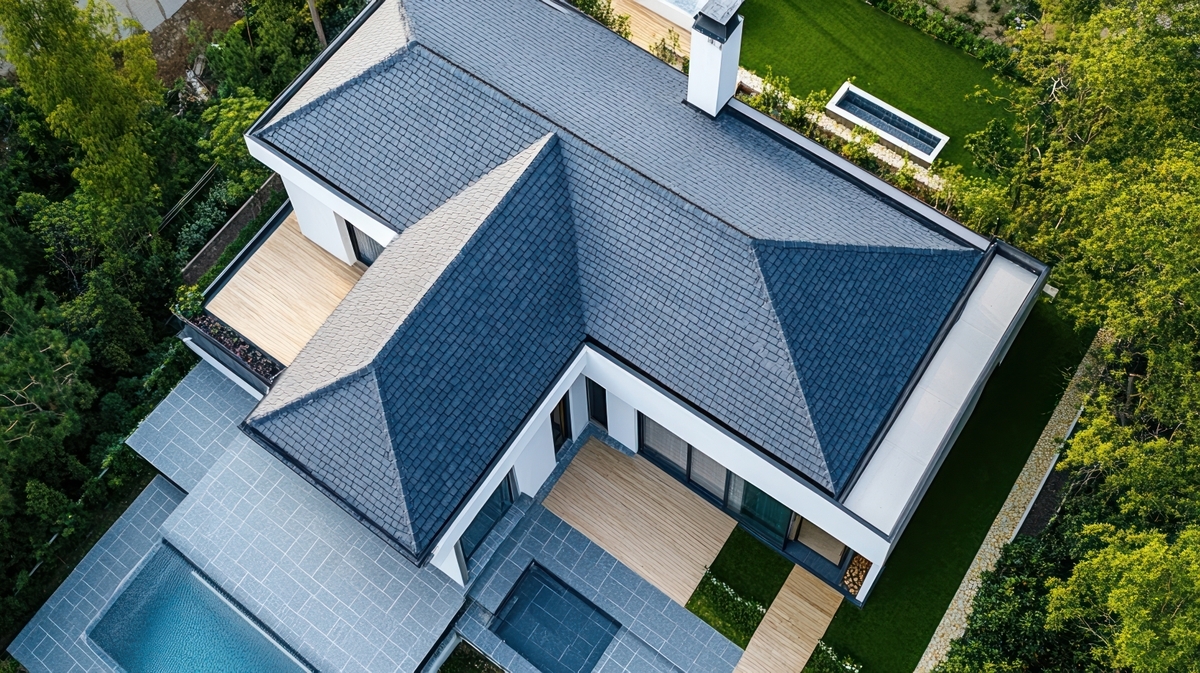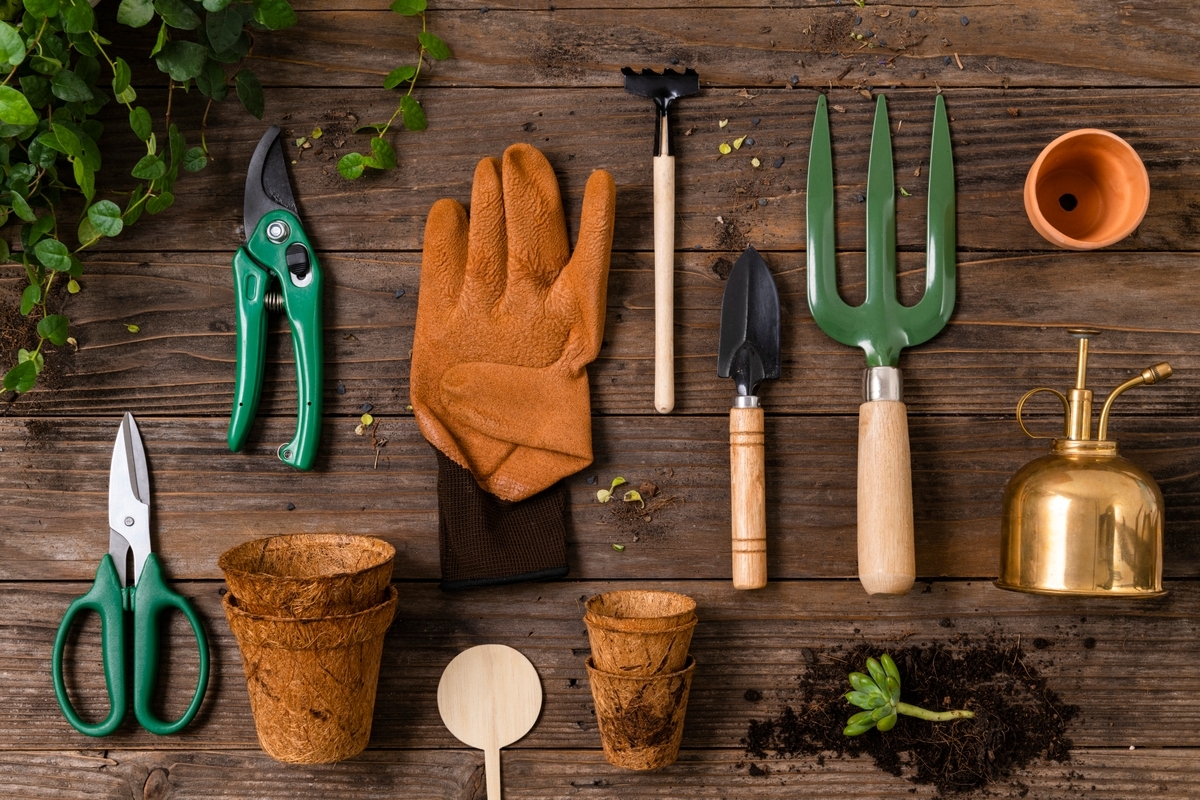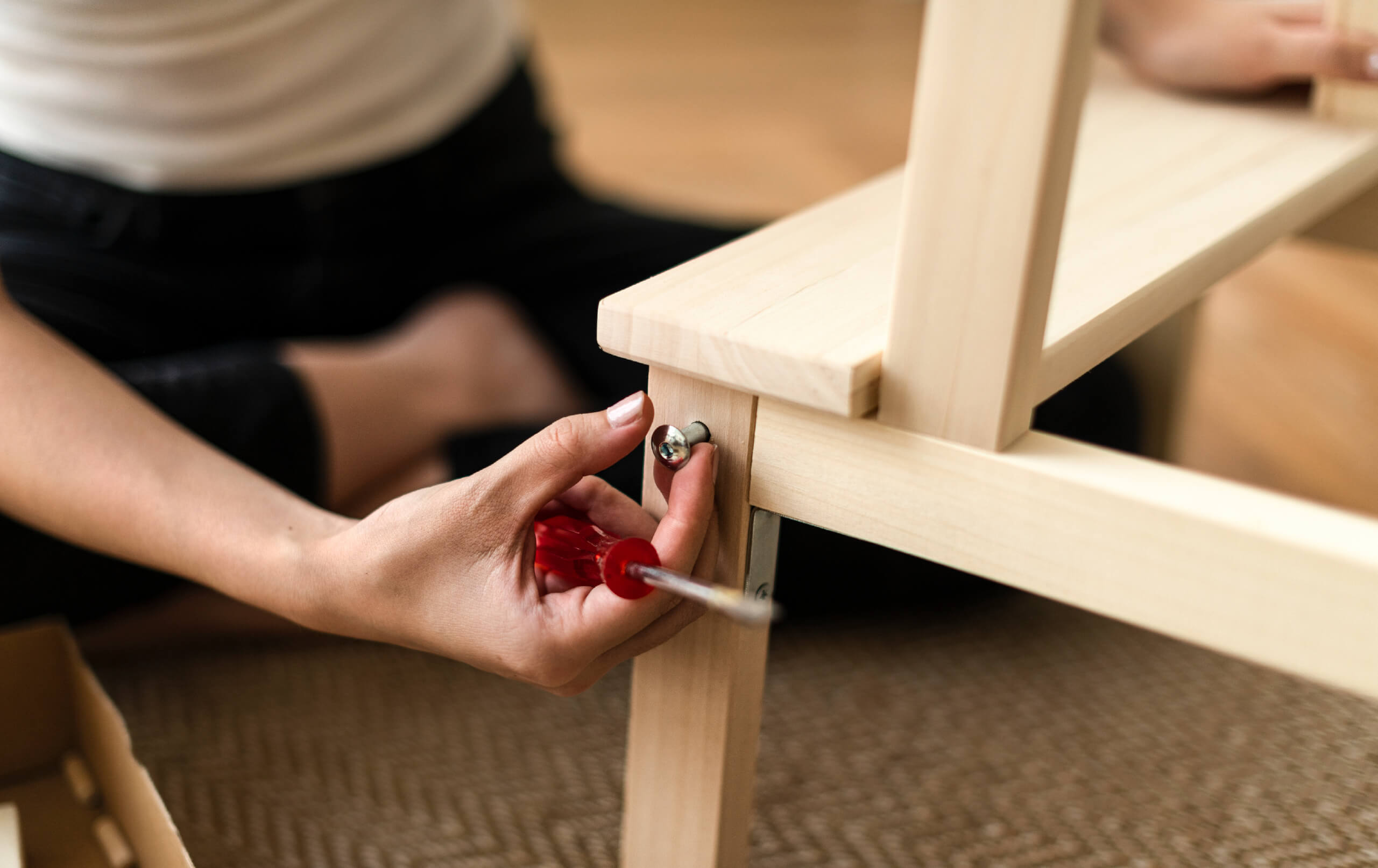Advanced Ways to Maintain Your Home Exteriors
6 minute read

Your home’s exterior is probably the first impression of your home. Not only that, it is the protective shield that withstands sun exposure, moisture, dust, snow, and much more. Most of us invest a fair amount of time and resources in enhancing our interiors, seldom ignoring the home’s exteriors. You’d want your home exterior to be beautiful and inviting just like your interiors. Also, good exterior maintenance can improve your home curb appeal, ensure long-term home health, cut costs on remodeling, and retain home value.
However, not all outdoor home maintenance tasks are DIY and simple. Some tasks such as roof inspection, exterior painting, checking foundation damages, etc., require a little more expertise. For these advanced tasks, you can consider hiring an expert who can inspect and guide you to the best possible solution.
Benefits of hiring a professional
- Experts take away the risks associated with the task. They are well equipped with tools of trade and know their way around.
- Experts help complete the task efficiently.
- They can help provide a long-term maintenance solution.
However, sometimes due to unavailability and higher service charges, hiring an expert for routine tasks could be unfeasible.
So, knowing how to conduct regular maintenance is helpful, economical, and can save you expensive repairs. Performing these tasks periodically will help you maintain your home exterior like a professional.
Advanced ways to maintain your home exterior
Without the proper knowledge, maintaining the outdoors could be overwhelming, time-consuming, and tiring. So, to avoid regular repairs, maximize efficiency, and make your outdoor mundane maintenance tasks a little more interesting (with a touch of expertise), here are some advanced ways to maintain your home exteriors.
1. Roof inspection
The roof protects the home from external calamities and ensures the safety of your loved ones. A well-maintained roof structure will extend its lifespan. It is, therefore, essential to keep the roof clean of branches, leaves, and ice dams to prevent damaging the structure.
Choose the right roof
If you are about to remodel or replace your roof, be sure to choose the right shingles. You can consider using metal roofing, as they last for 40-60 years, which is about 2-3 times more durable than the regular asphalt shingles. Also, metal roofs will reflect sunlight, minimize cooling costs in summer and insulate in winters.
Here are signs you need a new roof.
Inspect the roof shingles
Start with inspecting the roof shingles. Check if they are in good condition and well-aligned. In case of any damaged shingles, repair or replace them immediately. Also, not paying attention can let in moisture or pests, thereby, increasing the risk of molds.
A proper inspection will help you keep broken, damaged, dust, rusts, spots, and decaying shingles at bay.
2. Foundation cracks
The strength of your home lies in its foundation. A sturdy foundation keeps the home safe and secure. It acts as a barrier to groundwater, soil vapor and keeps the moisture away. This prevents mold and damp forming, particularly in the basements or lower-level apartments.
It is therefore essential to monitor foundation health frequently as they are the warning signs of future structural damage. Fortunately, not all cracks are serious for professional attention, some could be tackled with at-home DIYs unless they are deeper ones.
Start with inspecting the cause of these cracks, as it will help you avoid future damage. In most cases, excessive moisture and soil settling are common sources of cracks.
PRO-TIP
To check the source of cracks, the ones from moisture are usually vertical and diagonal line cracks, whereas settling soil can cause horizontal crack lines.
Further, to avoid repair costs in the long run and to fix your wall cracks before they grow, here are some simple steps you’d want to follow.
Steps to fix foundation cracks
Step 1: If the cracks are wider than the hairline, clear out any loose material, dust, debris, cracked bits, etc., with a screwdriver or a wire brush.
Step 2: Next, rinse the crack with water using a garden hose. (Remember, do not power wash the cracks). Further, pat dry with a towel and let it dry.
Step 3: (For hairline cracks): Use a concrete bonding adhesive or a primer/additive to create a patching material.
Step 4: (For wider cracks): use a caulking gun filled with silicone or latex concrete to caulk the wide length of the crack.
Step 5: Now, force this mixture firmly against the crack and let it dry. Re-apply after drying if it did not fill the gap completely in the first go. You can also use a foam backer rod or a cement mixture, depending on the depth of the crack.
Step 6: Use a trowel to match the level of the caulk with the wall surface and make it even.
Step 7: Lastly, coat the crack with a waterproof masonry sealer to protect it from any water infiltration, and now, repaint the wall to give it a fine look.
PRO-TIP
Use safety gloves, dust mask and glasses when brushing out the dust.
3. Seal outdoor wiring
Outdoor wiring has become a common phenomenon in modern households. They eliminate the need for extension, allowing you to take the outdoor holiday lighting display to the next level. Also, outdoor wiring is convenient, making your yard maintenance easier and seamless.
However, most people are unaware of the dangers and risks from exposed wires. Unlike indoors, outdoor wires are exposed to extreme climatic conditions (snow, rain, fall) and natural calamities. So, covering them is ideal to keep them safe and also ensure the safety of your loved ones.
To seal the outdoor wirings, use wire covers (clear vinyl covers or plastic pipe fittings). You can also use waterproof wires and wrap them with decorative fabric or yarn to cover up the messy-looking hanging cords. Additionally, ensure to strategically plan your outdoor wiring for better convenience and safety.
PRO-TIP
Avoid outdoor wirings near water pipes or pools, place them near the entertainment areas.
4. Pool maintenance
If you have an outdoor swimming pool, you definitely want to keep it super clean and bacteria-free, especially in the summers. To begin with, skim the pool surfaces with a leaf skimmer to pull out leaves, cans, and other debris (do this step on daily basis). Now, use a brush to clean the sides as well as the stairs of the pool.
After performing external cleaning, it is time for deep cleansing. Vacuum the pool from the bottom as you would to a carpet. Doing this will help you get rid of tiny particles that build-up at the bottom and improve the color of the pool (perform this step every 2 weeks).
Apart from vacuuming, it is important to check the chemical levels of the pool to ensure that it is safe for use. You can balance the pH levels using a pH tester, measurements must range from 7.2 to 7.8. Also, do not forget to check the pool filter and remove blockages (if any). Lastly, power wash the pool with a detergent to give it a thorough wash. Refill the pool with clean water.
5. Repaint the exterior
Painting the home exterior can be an arduous task, but if you are one of the many homeowners who are contemplating whether repainting is worth it or not, the short answer would be yes. Re-painting your home exterior improves indoor air quality, protects exterior surfaces, reduces health risks, and gives your home an appealing aesthetic.
To begin with, wash the home outdoors using a pressure washer. This will remove the dust, grime, and dirt from the exterior to give your home a perfect-smooth finish. Now, walk around the exterior and check for any damage or cracks and fix them (if any). Once the exterior is dry, scrape off the loose and chipped paints.
For re-painting, choose premium quality paint suitable for your home exteriors. The ideal way to paint is using the spray and roll technique. In addition, be sure to walk your way from top to bottom in a controlled manner.
Tips for repainting home exteriors
- Cover all the home exterior appliances and windows with plastic before spraying.
- Apply two coats of paint for better results.
- Do not paint during rains or monsoon season.
- Give your exterior finishing touches by painting the door, windows, shutters, and others with complementary paints colors.
Here are some more tips to paint your home exterior like an expert.
Interior home maintenance tasks like cleaning the appliances, changing smoke batteries, maintaining the disposal, etc. are often easy to do and easy to remember (as they are a part of everyday activities). Exterior home maintenance tasks, on the other hand, get overseen and are challenging to perform. We hope these tips, you can avoid extensive repairs, and keep your home in great shape for years to come.















